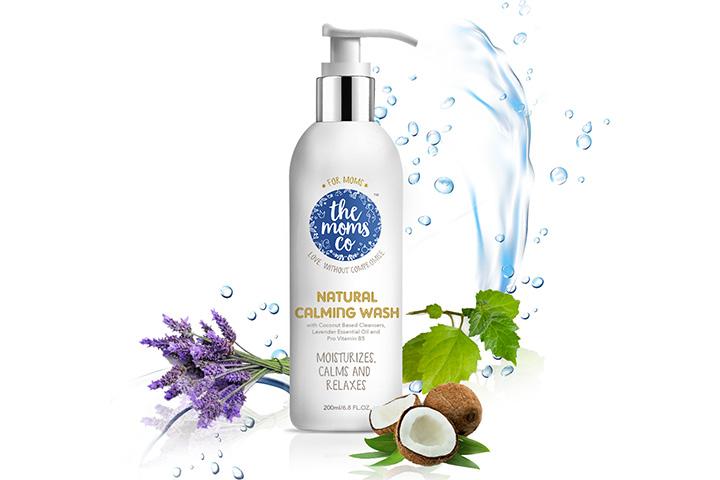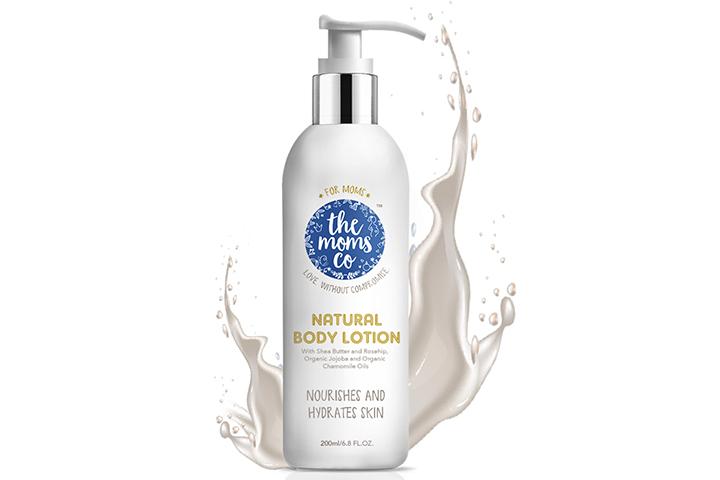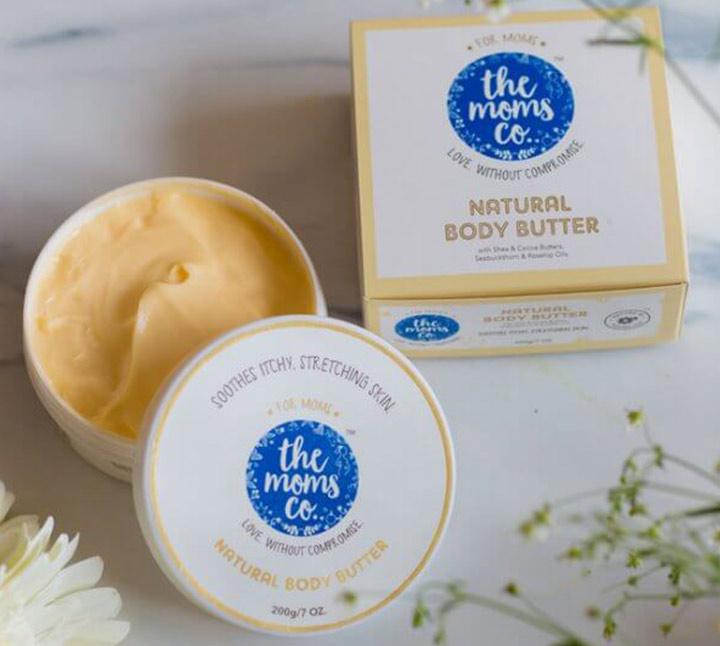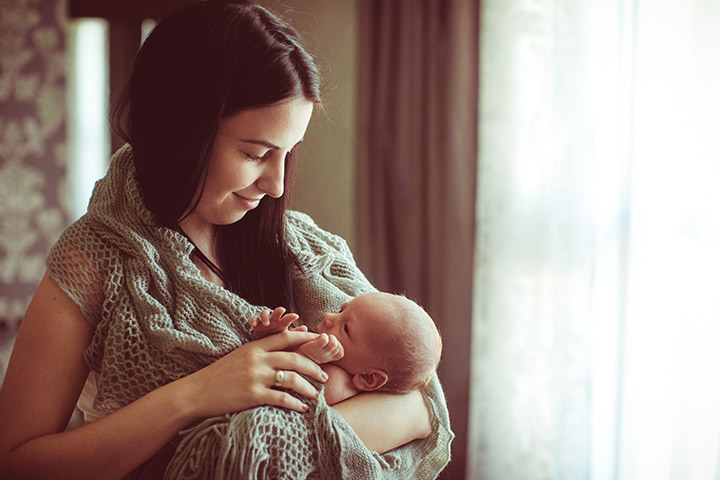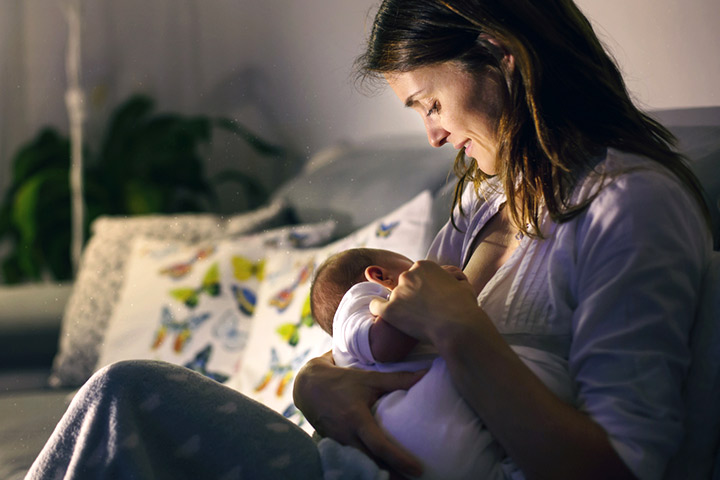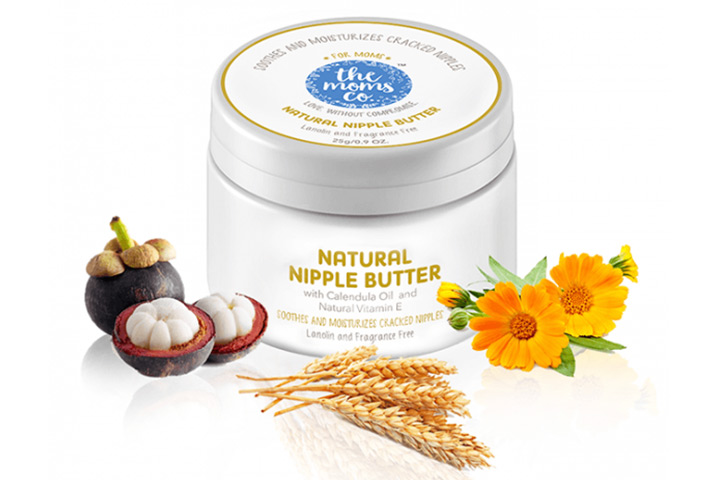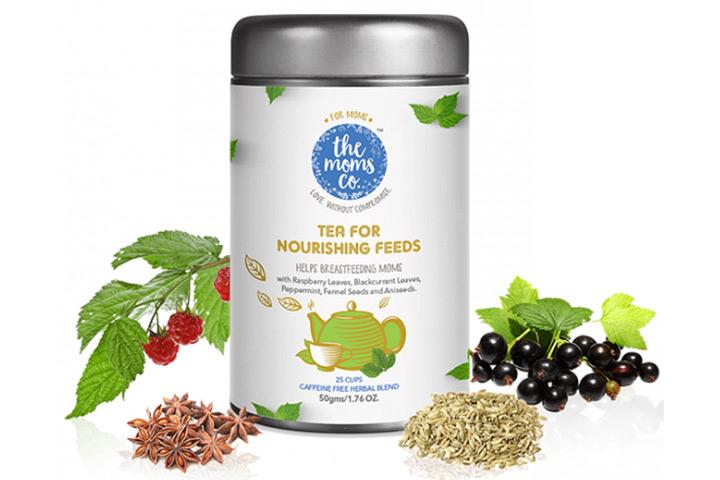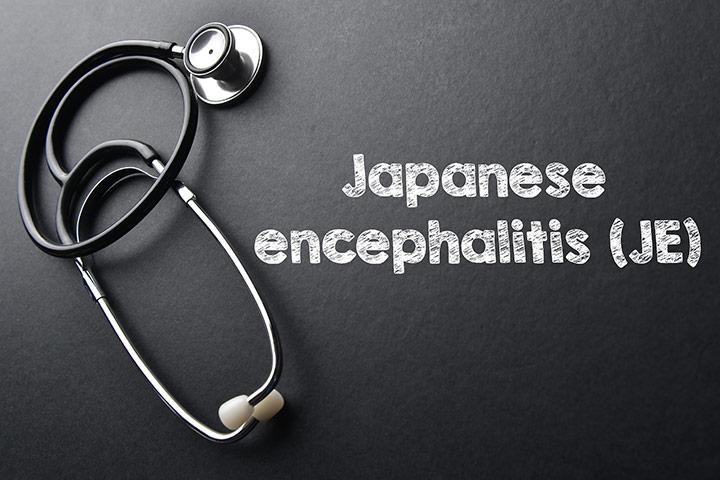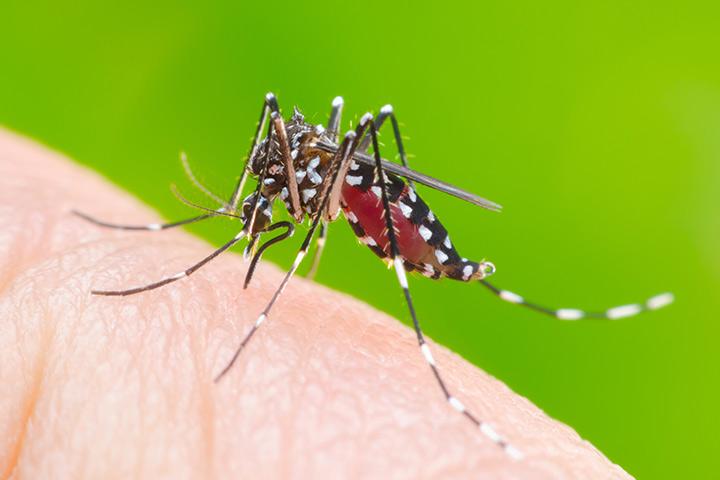Making sure that your baby eats a healthy and balanced diet is one of the most important aspects of being a parent. During the winters, it’s even more necessary to pay special attention to what foods your baby is consuming!
With seasonal changes come a lot of seasonal diseases and ailments, and if your baby’s immune system isn’t fortified against them, it may lead to them falling sick.
Preparing a diet for your baby that is filled with all the nutrients that are required to keep him or her happy and healthy through the cold months is really not as tough as it sounds! Just the addition of a few things in the baby’s diet can have a dramatic effect on how the winters go for them.
So let’s take a look at a list of six foods (either pureed or quartered) that need to be a part of your baby’s diet this winter.
1. Forest Fruits (Berries)
Berries are not only very enticing to the curious babies for how colorful they look, but their sweet taste makes them all the more appealing as well!
Berries are rich in vitamin C and contain enough antioxidants to help your baby’s immune system get stronger and stave off any seasonal illnesses. Always make sure that you cut the berries into pieces before you feed them to your baby for whole berries could present as a choking hazard.
2. Sweet Potatoes
Often underrated regarding their dietary positives, sweet potatoes are a great source of iron, vitamins A and C and also fiber, which presents just the right kind of nutritional concoction you’d want to give to your baby when he or she is experiencing the winter months (1).
You can mix sweet potatoes in soup or quarter them into pieces and let your baby snack on them separately. There’s no going wrong with this tuberous delicacy, so make sure your baby tries it out!
3. Kale
Kale is a great source of calcium and vitamins A and C. It’s an incredibly healthy and nutritious choice to be included in your baby’s diet considering its impact on immunity.
It has been proven that the consumption of kale by babies can keep conditions such as lead poisoning at bay as well (2). The bitter taste, however, may take a bit getting used to for any child. Mix the kale with sweeter foods (such as the aforementioned sweet potatoes) so that your baby can develop a taste for it!
4. Lentils
Another great source of iron as well as protein, lentils provide a very solid nutritional profile for growing babies, especially through the winter months.
The vitamin C content found in lentils helps combat seasonal diseases during winter, and the iron helps make the immune system itself a lot stronger (3).
5. Chicken
The importance of iron and protein in the diets of babies has been proven time after time via several studies (4), (5). Because of this, chicken amongst other animal products, is actually a very natural choice that you can opt for in your baby’s diet.
Chicken aids in the physical growth of the baby and the development of his or her bones and muscles. Also the immune-boosting qualities of chicken are world-renowned. Chicken provides vitamins B12 and B6, both play a vital role in regulating and fortifying the baby’s immune system.
During winter, the baby can use all the nutrition possible, and including chicken in the baby’s diet certainly makes hitting all those nutritional goals a LOT easier.
6. Breast Milk!
Let’s face it, a mother’s breast milk is just about the best food that a baby can have, and it should be the primary source of the baby’s nutrition all the way up to 12 months (6).
Breast milk contains an entire nutritional profile that helps boost the baby’s immunity and fortifies it against the onslaught of seasonal diseases.
Above all, make sure that your baby enjoys whatever he or she eats. We’ve given you plenty of choices here to go through (except the breast-milk, which is necessary regardless). So if your baby doesn’t find one of these suggestions tasty enough, surely, he or she will like another!
A healthy baby is a happy baby, and we hope that both you and your child will sail through the cold months with exemplary wellbeing! We wish you the very best.
The post 6 Essential Food Items Your Baby Must Try This Winter appeared first on MomJunction.



















